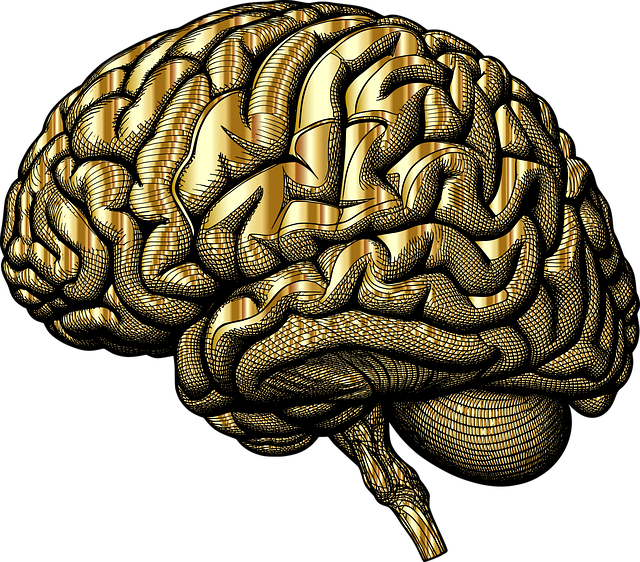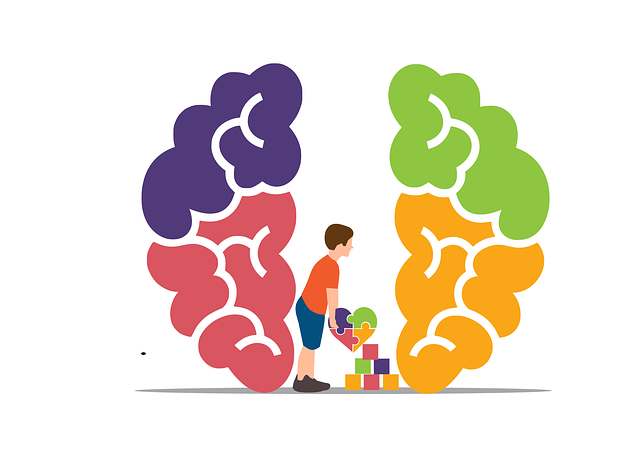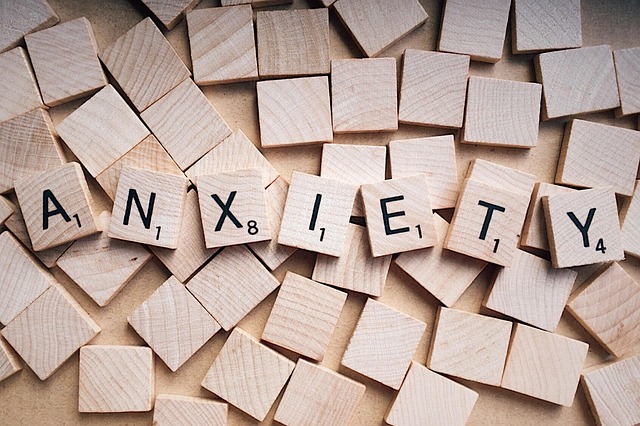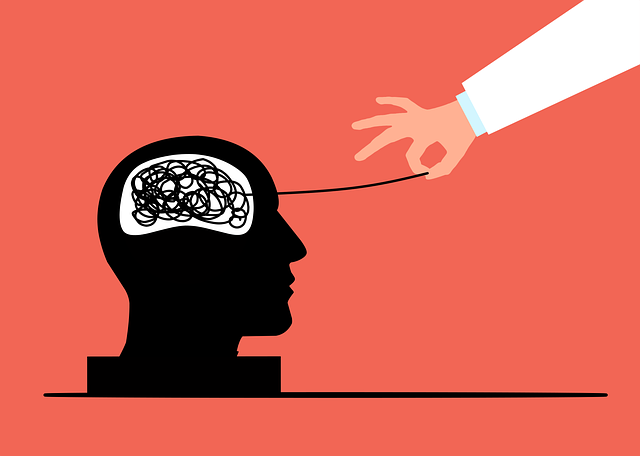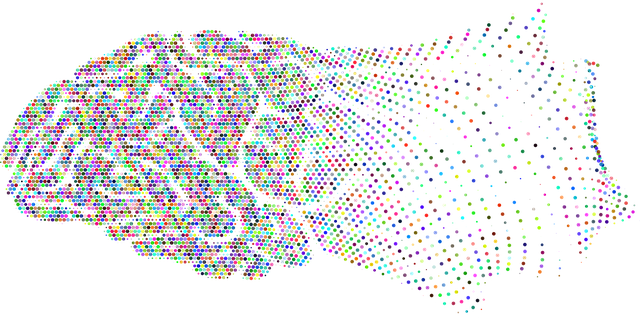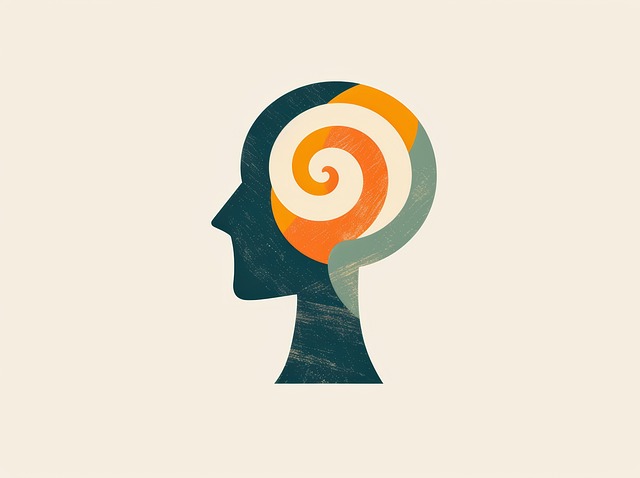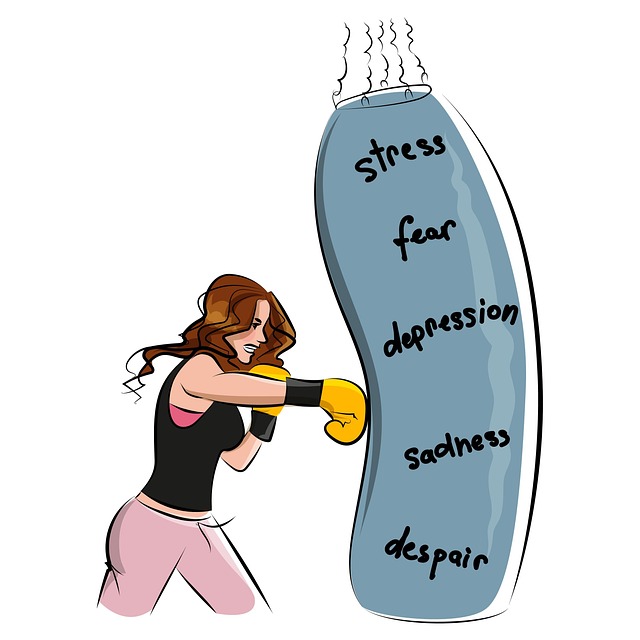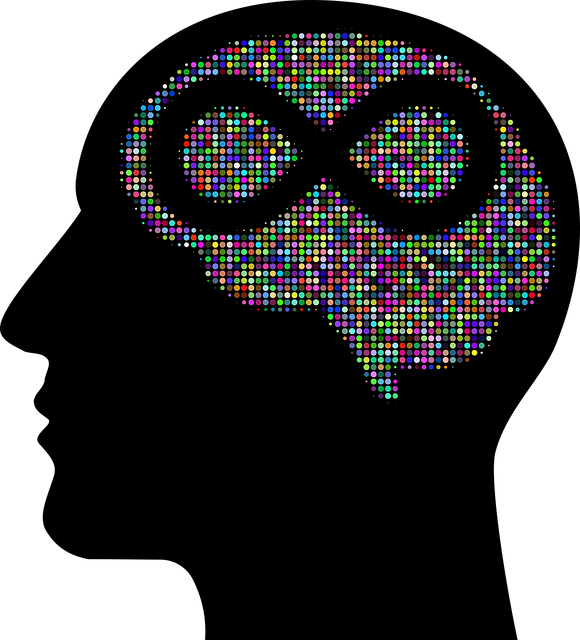Golden Adolescent and Teen Therapy (GATT) offers specialized support for individuals aged 13-25, addressing unique mental health challenges during this life phase. Evaluation of GATT programs should go beyond satisfaction surveys, utilizing comprehensive methods like regular check-ins, pre-post assessments, and longitudinal studies to track progress in emotional regulation, stress management, and social skills. Standardized assessment tools coupled with qualitative interviews provide a holistic view, enabling tailored interventions and continuous improvement for better youth mental wellness outcomes. Awareness campaigns, policy advocacy, and healthcare provider burnout prevention further ensure GATT's accessibility and quality within healthcare systems.
Mental wellness programs designed for adolescents and teens play a crucial role in fostering healthy development. This article explores effective evaluation methods for these programs, focusing on the unique benefits of Golden Adolescent and Teen Therapy (GATT). We delve into assessment strategies to measure program success and impact, providing insights for therapists and organizations seeking to optimize youth mental health support. Understanding GATT’s foundational principles is key to harnessing its potential through comprehensive evaluation techniques.
- Understanding Golden Adolescent and Teen Therapy: A Foundation for Evaluation
- Methods for Assessing Mental Wellness Programs for Youth
- Measuring Success and Impact: Tools for Evaluating Golden Adolescent Therapies
Understanding Golden Adolescent and Teen Therapy: A Foundation for Evaluation

Golden Adolescent and Teen Therapy (GATT) is a specialized approach designed to cater to the unique needs of young individuals aged 13-25. This therapeutic method recognizes the significant life transitions, challenges, and mental health concerns prevalent during adolescence and early adulthood. By creating a supportive environment that validates their experiences, GATT encourages open communication and fosters resilience.
The evaluation of any wellness program, particularly those aimed at adolescents and teens, must be robust and multifaceted. It involves assessing both individual progress and the broader impact on the target population. In the context of GATT, evaluators should consider measures such as improved emotional regulation, enhanced coping strategies, increased self-esteem, and better academic or vocational outcomes. Public Awareness Campaigns Development can play a crucial role in promoting GATT as an effective intervention, while Mental Health Policy Analysis and Advocacy ensures that these therapies are accessible and integrated into broader healthcare systems. Additionally, Burnout Prevention Strategies for Healthcare Providers working with young adults must be prioritized to maintain the quality of care provided through such programs.
Methods for Assessing Mental Wellness Programs for Youth

Evaluating mental wellness programs for youth is a multifaceted process that goes beyond simple satisfaction surveys. To truly assess the impact and effectiveness of initiatives aimed at supporting adolescent and teen therapy, various methods must be employed. One key approach involves tracking participants’ progress in areas like emotional regulation, stress management, and social skills development over time. This can be done through regular check-ins, pre-post assessments, and longitudinal studies that capture changes in mental health outcomes.
Additionally, observing improvements in specific aspects like inner strength development, conflict resolution techniques, and communication strategies is crucial. By measuring these areas, programs can demonstrate their ability to equip young individuals with essential tools for managing daily challenges and fostering healthier relationships. Such evaluations not only hold programs accountable but also provide valuable insights into what works best in adolescent and teen therapy, ultimately enhancing the overall mental wellness landscape for this demographic.
Measuring Success and Impact: Tools for Evaluating Golden Adolescent Therapies

Measuring Success and Impact
Evaluating the effectiveness of Golden Adolescent and Teen Therapy programs is a multifaceted process that goes beyond simply tracking attendance or satisfaction levels. It requires a robust toolkit to capture both qualitative and quantitative data, ensuring that progress is accurately assessed and interventions are tailored to meet the unique needs of adolescents. One effective method involves utilizing standardized assessment tools designed to gauge mental health status, such as the Youth Self-Report (YSR) and the Strengths and Difficulties Questionnaire (SDQ). These tools provide a comprehensive view of an adolescent’s emotional and behavioral well-being, including symptoms of anxiety, depression, and externalizing behaviors.
Moreover, qualitative methods like interviews and focus groups with adolescents, parents, and therapists offer deeper insights into participants’ experiences. This includes exploring changes in positive thinking patterns, stress management skills, and overall Mental Health Awareness. By combining quantitative data from standardized assessments with rich qualitative information, therapists and evaluators can gain a holistic understanding of the program’s impact on Golden Adolescent and Teen Therapy recipients, enabling them to continually refine and improve their approaches for better outcomes.
Evaluating mental wellness programs, particularly those centered around Golden Adolescent and Teen Therapy, is vital for ensuring their effectiveness. By utilizing robust assessment methods, we can measure the success and impact of these therapies, fostering continuous improvement and better outcomes for young minds. This article has explored key evaluation techniques to navigate the complex landscape of youth mental health support, highlighting the importance of data-driven decisions in this dynamic field.

